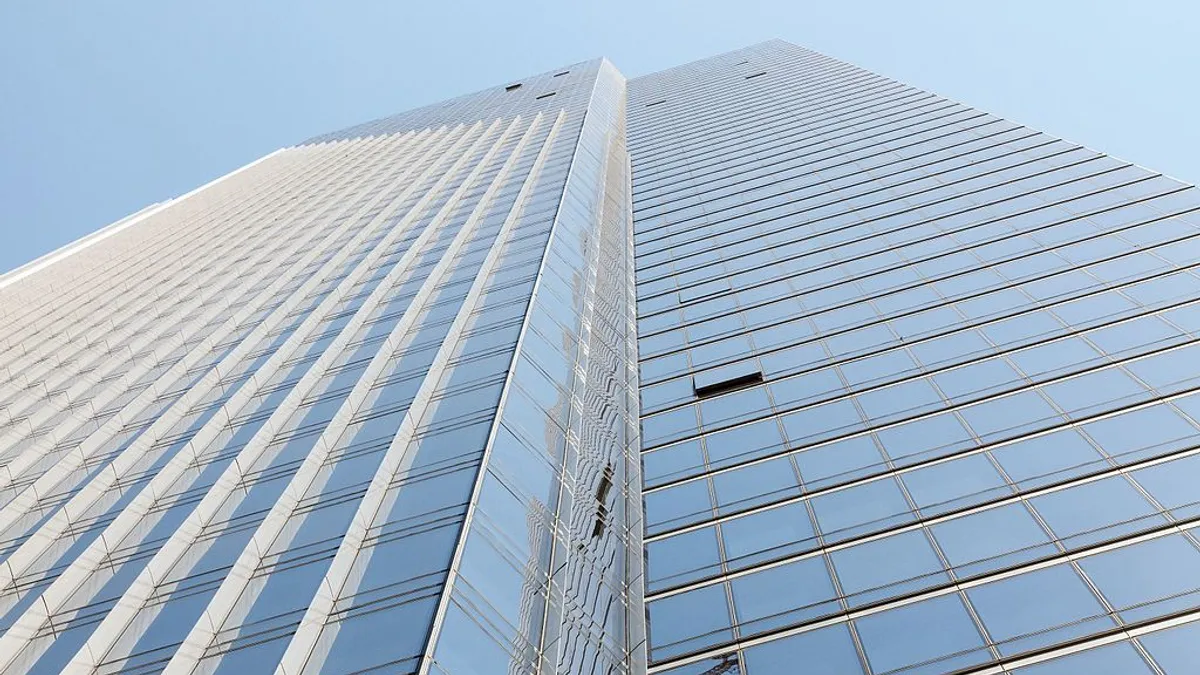Dive Brief:
- The City of San Francisco has released its Tall Buildings Strategy, the goal of which is to ensure that city high-rises are structurally sound and resilient enough to withstand a seismic event. An inventory using city data revealed that there are currently 156 buildings either under construction or existing that are taller than 240 feet, and 100 of those were built before modern seismic codes were implemented.
- In order to ensure maximum safety for the people using those buildings and for those living and working around them, the Applied Technology Council report recommends that the city develop regulations to address foundation and geotechnical issues — in response to settlement issues like those experienced at the Millennium Tower — and establish performance-based seismic design standards. For existing buildings, the report suggests that city building codes be revised to mandate lower thresholds for seismic evaluations and retrofit when buildings undergo renovations or when they are sold or re-leased.
- The report also recommends that steel-frame buildings be inspected for weld damage that might have been caused by the 1989 Loma Prieta earthquake, as the 1994 Northridge earthquake caused damage to similarly constructed buildings in the Los Angeles area. Additional council recommendations included mandatory evaluations of buildings retrofitted before 1994, mandatory retrofitting of older nonductile concrete residential buildings, and the mandatory evaluation and retrofitting of pre-1994 welded steel moment frame buildings and other low-performance buildings.
Dive Insight:
Although these recommendations won't be presented to city lawmakers until later this month, according to The New York Times, officials will likely be very receptive to a building code overhaul given the high-profile problems with two major structures — the Millennium Tower and the Salesforce Transit Center.
The Millennium Tower has sunk approximately 16 inches since the luxury condominium high-rise opened in 2009. The only possibility for a fix that has advanced very far is a $500 million plan to anchor the building into bedrock with additional piers, but residents have expressed concern about whether the structure can withstand the plan, which would involve setting one side of the building and then setting the other once it has sunk enough to put the building at a level position.
Millennium developers and some residents have pointed the finger of blame at the nearby $2.2 billion Salesforce Transit Center for their foundation problems, citing excessive dewatering by transit center construction crews. That matter is still one for the courts, but in a twist last month, two cracked steel beams were discovered in the recently opened transit center, forcing its temporary closure while crews shore up the area and repair the beams.














